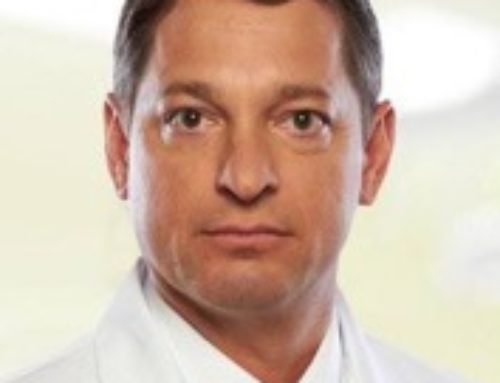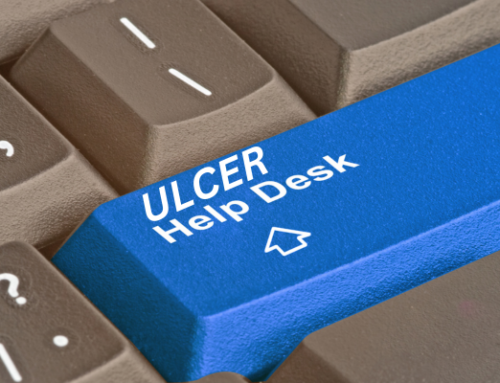“The standard of care for management of deep Stage III and Stage IV decubitus ulcers includes the plastic surgery component. These are serious injuries and outcomes are bad without access to myocutaneous flaps” … Greg Vigna, MD, JD, national decubitus ulcer attorney, Board Certified Physical Medicine and Rehabilitation.
Dr Anke Scheel-Sailer, MD, Spinal Cord Medicine, Swiss Paraplegia Foundation describes the “multimodal treatment concepts connecting acute and rehabilitation care” to the management of Stage III or Stage IV decubitus ulcers in her article, “Treatment and cost of pressure injury stage III or IV in four patients with spinal cord injury: the Basel Decubitus Concept” in Spinal Cord Series and Cases (2019) 5:30:
“The modified ‘Basel Decubitus Concept’ includes the following relevant single intervention components and relevant milestones.
To learn more about Dr. Scheel-Sailer article: https://www.nature.com/articles/sc2013130
Dr Vigna states, “Unfortunately, the standard of care appears to be far and far between for people who suffer deep Stage 3 and Stage 4 decubitus ulcers. The injured require the standard of care after injury and that appears to be a scarce resource. That needs to change.”
Dr. Vigna Explains the Basel Decubitus Concept: (Part 2)
Flap management is at the discretion of the plastic surgeon as there is an array of established options for coverage. If the bone is involved, it should be debrided to bleeding, viable bone, and culture and bone biopsy should be obtained to rule in or out osteomyelitis. Duration of IV antibiotics is a clinical diagnosis dependent on the appearance of the bone before and after debridement, and bone biopsy.
A clinitron bed should be readily utilized during the postoperative period until the injured person has graduated from a sitting program and is ready to work on transfer training and other active physical therapy. Proper management of the clinitron bed is mandatory and can be on a Clinitron ‘Bucket’ bed or Rite Hite system. If a wedge is utilized on a bucket bed or a Rite Hit is utilized, a patient will need turns to prevent pressure wounds on the back or shoulder blade region. Draw sheets can’t be used as this will prevent pressure relief because of a hammock effect and we preferred using sheets or Blue Chuck Pads. All physical or occupational therapy and any activity out of the bed should be discontinued on the night of surgery.
Post-flap there will be Jackson-Pratt (JP)-drains in place which are used to remove blood from under the flap, an accumulation of which can lead to a hematoma that will cause flap failure. Mature hematomas have the consistency and the appearance of grape jelly. Caregivers must be mindful that all transfers and log rolling should be done carefully to avoid accidental removal of these necessary medical devices. Immediately on the return to the clinitron bed, drain output should be noted. Drains should be stripped every hour x four hours or until the concern for bleeding has decreased as hematomas are the most common cause of flap failure. If there is a concern of ongoing oozing of blood following the flap, the patient should be positioned on the clinitron bed so that the flap is directly in contact with the clinitron bed, and the bed can be turned off and on every thirty minutes to allow for uniform pressure along the contour of the flap to help achieve hemostasis. Drain stripping can then be decreased to q 2 hours then q 4 hours and then q 8 hours going forward. Once the drain output decreases to less than 24 cc per 24 hours for two consecutive days, the drains can generally be removed. The appearance of the drains should transition from venous blood color to straw color over time. In the absence of osteomyelitis, IV antibiotics are stopped at the time the drains are discontinued and all central lines are quickly removed. Local wound care can be applied to the drain sites until healed with Bactriban and/or Neosporin Ointment.
A gentle range of motion at the knees can begin at two weeks following a flap and a gentle range of motion at the hip can begin at three weeks. Either physical therapy or occupational therapy can manage the sitting program. All transfers to and from the clinitron bed should be done with a manual lift or Hoyer transfers with a manual lift preferred. Sitting should increase to 20 minutes per day as tolerated with pressure reliefs provided when up in the chair every ten minutes. Once the injured can tolerate two hours a day, activity can be changed as tolerated, understanding that the injured will need to be independent with pressure reliefs or be monitored when up out of bed, and formal physical therapy and occupational therapy are prescribed. Equipment evaluation is necessary for mobility and safe sitting. Durable medical equipment may include tilt-in-space manual wheelchairs or electric wheelchairs and should be individualized to the needs of the injured.
Dr. Vigna concludes, “In my experience, approximately 80 percent of patients proceed without complications that would delay their recovery and activity out of the clinitron bed, osteomyelitis is treated, and the wound is sufficiently covered.”
To learn about health outcomes of patients with deep Stage III or Stage IV decubitus ulcers read: https://journals.sagepub.com/doi/full/10.1177/20499361231196664
Greg Vigna, MD, JD, is a national malpractice attorney and an expert in wound care. He is available for legal consultation for families and patients who have suffered decubitus ulcers because of poor nursing care at hospitals, nursing homes, or assisted living facilities. The Vigna Law Group along with Ben C. Martin, Esq., of the Martin Law Group, a Dallas Texas national pharmaceutical injury law firm, jointly prosecute hospital and nursing home neglect cases that result in bedsores nationwide.
To learn more: https://vignalawgroup.com/decubitus-ulcer-help-desk/




